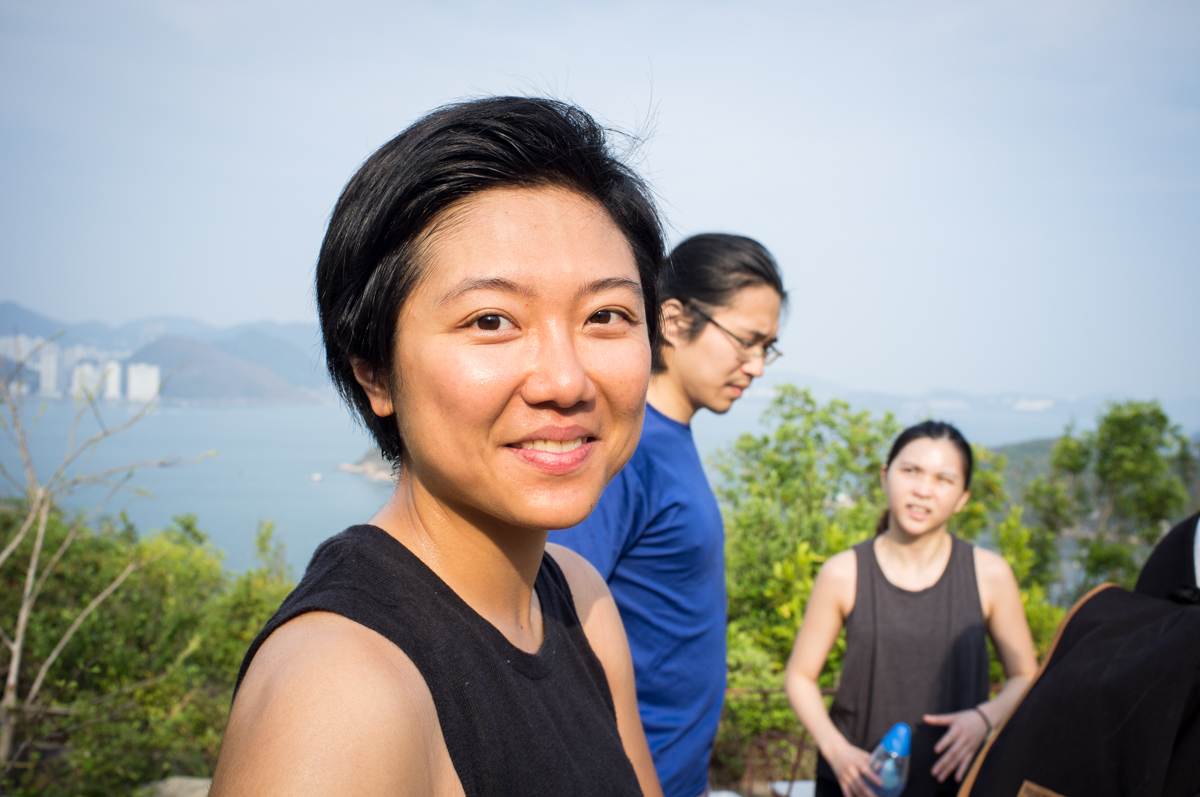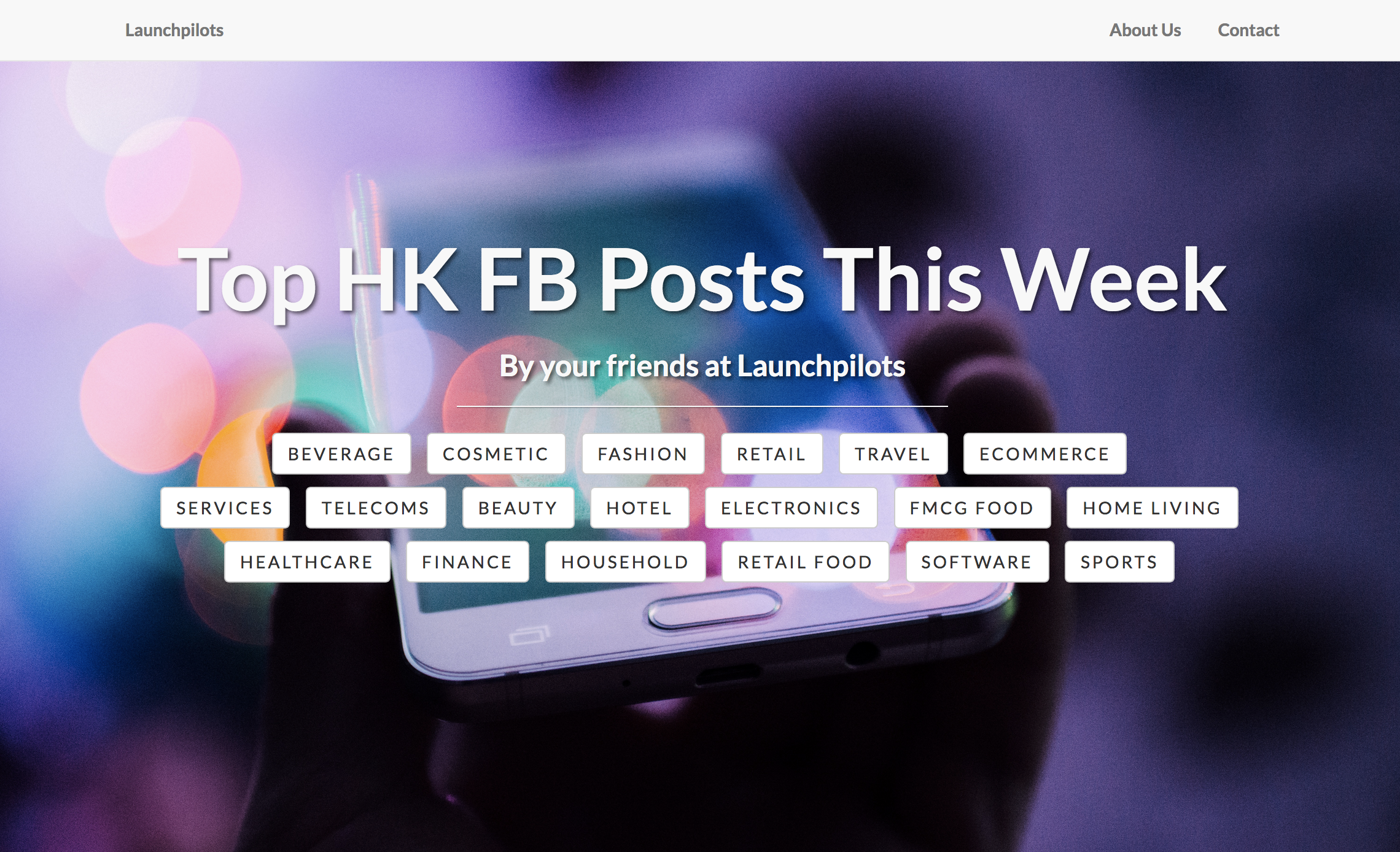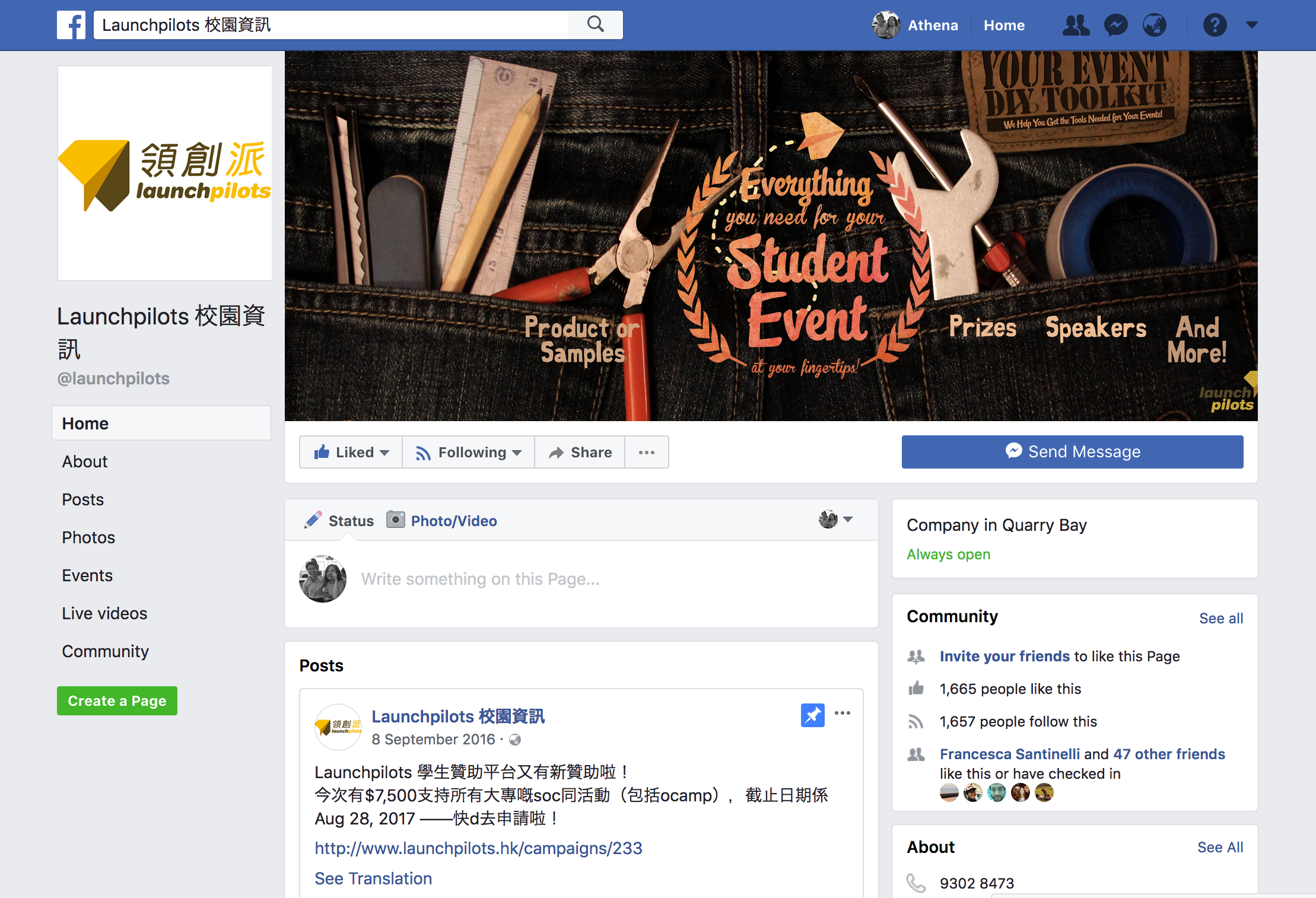Launchpilots’ multiple iterations until proof of concept to land investment
Archive Date: April 22, 2018

In 2011, Jah Ying Chung had organized 300 activities across 20 provinces in China for an NGO, and also helped university student groups get sponsorships from brands like Nike. Getting sponsorships was a common painpoint for all student group and Jah Ying realized there was a market need. She first addressed this need by setting up an NGO that ran workshops to support student organisers and eventually pivoted to an online marketplace. Launchpilots as a platform was launched in 2012 and rapidly expanded to China, and was acquired by Robin 8 in 2017. This post documents documents the first stage of Launchpilot’s many iterations towards product market fit that attracted angel investment.
Discovering a problem and getting instant market feedback
In 2011, Jah Ying Chung, as the China Program Coordinator for 350.org had finished organizing national-level environmental campaigns in China. She had also been an active student organizer as a university student and understood the universal funding problem. Initially, she ran workshops to help organizers navigate applying for sponsorships and thought of using a non-profit model. After running workshops and events for about a year and getting to know more social enterprises in Hong Kong, she eventually arrived at the idea of an online marketplace.
To test her idea, Jah Ying wrote a single page site with the idea to collect signups and e-mailed student groups to confirm that there really was a market need. The e-mails got a 60% open rate and 30% signup rate, which is quite high especially for a site without a working prototype. When she posted the site on Facebook, it attracted signups from student groups even in the UK, Malaysia, and the Middle East in addition to her target Hong Kong market. This was enough market feedback to try to build a product.
Creating the first iteration
As a solo founder, Jah Ying bootstrapped and looked for developers in the Hong Kong startup community to help her work on the project for free. The platform’s most basic features should be allowing student groups to sign up, create events, and apply for sponsorships. Ideally, there would be the same for brands as well. Beginning with UX the initial questions were:
- What were the student user stories and user journeys?
- What were brand user stories and user journeys?
After the UX was mapped out, the minimum viable product (MVP) needed to be built. However, the product consisted of an on-platform (tech) side and an off-platform (offline, sales) side. The two needed to be built in parallel to create a critical mass of demand.
- On-platform (website): refining the landing page to optimize signup rates and optimize SEO, while also building a content management system (CMS) and backend admin panel to see users
- Off-platform (sales): signing on brands and reaching out to more student groups
Getting enough student groups signed up provided user numbers that could get meetings with brand marketing departments. By June 2012, they had about 300 visits per month and around 50 registered users and events. The traction was modest, but growing.
On the brand side, Jah Ying needed to close a deal with a brand to anchor what she could sell to the student groups who hadn’t already signed up. One of the challenges was finding a way to package this innovative way of marketing to students, which didn’t fall neatly into categories such as “social media marketing” or even “influencer marketing”. The idea was that brands would pay Launchpilots to select suitable student groups to partner with and market to — such as a sports association if it was an athletic wear company. But how could Launchpilots guarantee reach and how would they charge? Would this new product be a fixed cost for a successful sponsorship facilitated or should it be charged for a time-based campaign for x number of students? The discussion with brands would drag out through the Spring of 2013.
With the longer business development cycle with the brands, it would be a while before LaunchPilots closed enough deals with brands to sustain even one full-time employee. Jah Ying would need a salary to continue operations and also bring in more team members. Jah Ying applied, and was accepted, to the China Accelerator 2013 cohort. The accelerator would give Launchpilots initial funding and the management team might be able to help the company refine the product and make business introductions. In June 2013, Jah Ying and her technical team member, Hubert, went off to Dalian.
Proof of concept and funding validation
During the summer at China Accelerator, Jah Ying and Hubert could work on the platform full-time to add essential business features:
- Adding a Chinese version to the site
- Bring a steady stream of brands in China and Hong Kong, targeting one deal a week
- Get traction to gear up for a first angel round of funding after the accelerator
- streamline the student group onboarding process
- gear up for Orientation Camp (O-Camp) for the incoming university students and a successful experience with one of their first major brands, Red Bull.
By the time they graduated from the accelerator, Launchpilots already had a small cash flow of revenue. Though the amount did not even cover one person’s monthly salary, the closed deals were proof-of-concept.
Narrowing down core products for brand-student engagement success
 Screenshot of Launchpilots’ website and student-led Facebook campaigns.
With its first few brands signed on, LaunchPilots was able to close its first round of funding shortly after graduating from China Accelerator in the Fall of 2013. The round of angel investors were impressed by Jah Ying’s ability to execute, from signing on brands to sharing weekly results. The Launchpilot Weekly Update e-mails included clear updates on investment, talent recruitment, focus of the week, product development, customer development, student user growth, and hypotheses for new experiments and campaigns. These reflections and proactive engagements encouraged supporters to make investor or business referrals even when they were not directly involved in the funding round.
Screenshot of Launchpilots’ website and student-led Facebook campaigns.
With its first few brands signed on, LaunchPilots was able to close its first round of funding shortly after graduating from China Accelerator in the Fall of 2013. The round of angel investors were impressed by Jah Ying’s ability to execute, from signing on brands to sharing weekly results. The Launchpilot Weekly Update e-mails included clear updates on investment, talent recruitment, focus of the week, product development, customer development, student user growth, and hypotheses for new experiments and campaigns. These reflections and proactive engagements encouraged supporters to make investor or business referrals even when they were not directly involved in the funding round.
After the funding round closed, the cash injection helped Launchpilots grow the team to scale the business and streamline the sponsorship process. Jah Ying had already been identifying potential team members who she thought had a mission and cultural fit and would also fulfil key business development, student growth, and engineering roles.
In 2014, Launchpilots was rapidly expanding from Hong Kong to China and Taiwan, two markets that had their own needs and opportunities. Jah Ying had brought on a full-time team in China and was two part-time team members in Taiwan. The company’s next step would be to figure out whether it could offer streamlined products for brands across the three markets. Stay tuned for Part 2!
